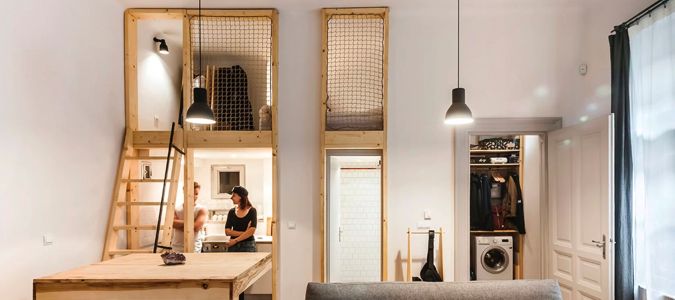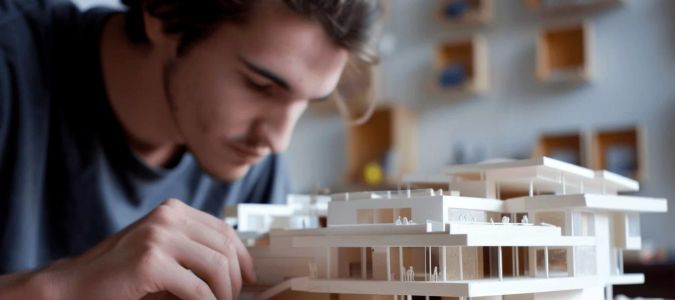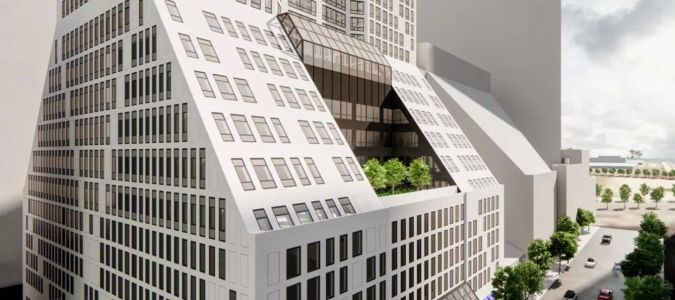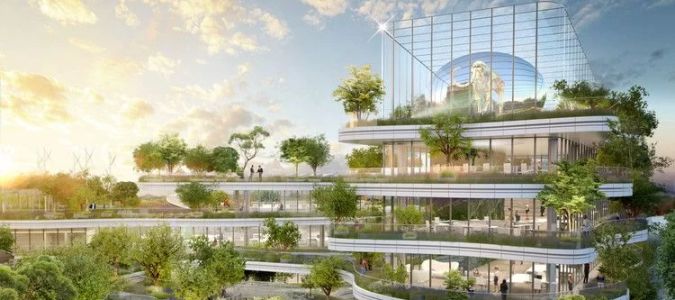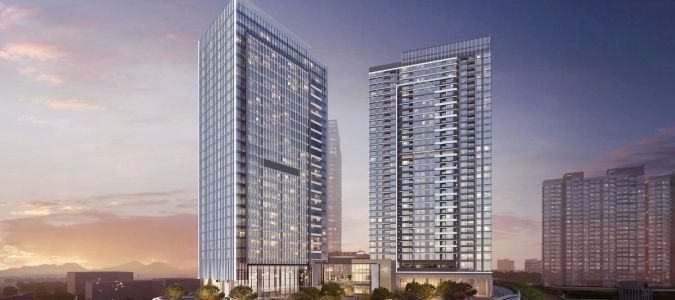The Importance of Architectural Design in Creating Functional Spaces
- 1. Understanding Architectural Design
- 2. The Role of Architecture in Enhancing Functionality
- 3. Key Design Principles for Optimizing Functionality
- 4. Case Study: Transforming Spaces through Innovative Architecture
- 5. How to Choose the Right Architectural Solutions for Your Space
1. Understanding Architectural Design
Architectural design is the art of creating spaces that not only look aesthetically pleasing but are also functional and efficient. At its core, architectural design aims to balance form and function, ensuring that spaces are both visually appealing and serve their intended purpose effectively.
The process involves careful consideration of various elements such as layout, materials, lighting, and accessibility. Good architecture should always serve the needs of its inhabitants while making the most of the available space.
2. The Role of Architecture in Enhancing Functionality
Architectural design plays a critical role in the functionality of a space. Whether it's a home, office, or public building, the design influences how people interact with their environment. Thoughtful architecture ensures that spaces are not just visually appealing but also practical, easy to navigate, and comfortable.
For example, in residential spaces, an open floor plan can make a small space feel larger and more inviting, while strategic placement of walls and furniture can enhance privacy without compromising the flow of the home. In workplaces, effective office design can improve productivity by fostering collaboration or providing areas for quiet work.
3. Key Design Principles for Optimizing Functionality
Several design principles guide architects in creating functional spaces. These include:
- Space Planning: Organizing spaces to ensure smooth circulation, comfort, and easy access to essential areas.
- Lighting: Natural and artificial lighting can significantly impact the functionality of a space, affecting mood, productivity, and safety.
- Ergonomics: Designing spaces that promote comfort and reduce physical strain on users, particularly in workspaces.
- Storage Solutions: Maximizing space for storage without overcrowding, ensuring that the space remains clutter-free.
By incorporating these principles into the design process, architects can create spaces that are functional, efficient, and conducive to the needs of the people using them.
4. Case Study: Transforming Spaces through Innovative Architecture
One example of architectural design enhancing functionality is the transformation of a commercial office into a multi-use space. In a recent project, an office building was redesigned to feature flexible meeting areas, breakout rooms, and collaborative zones. This redesign not only improved the flow of the workspace but also increased employee satisfaction and productivity. The layout encouraged interaction while maintaining privacy, making the office both functional and enjoyable to work in.
This project demonstrates how thoughtful architectural design can make a space more adaptable to various uses, creating a functional environment that can evolve with changing needs.
5. How to Choose the Right Architectural Solutions for Your Space
When considering architectural solutions for a new project, it's important to start by defining your needs. Whether you are designing a home, office, or public building, understanding the primary function of the space is key to making the right decisions.
For instance, if you’re renovating a kitchen, functionality should be a top priority. Choosing the right appliances, work surfaces, and layout can improve your cooking experience. Similarly, when designing an office, ensuring that the layout supports both individual focus and collaborative work is essential.
If you're unsure where to begin, consulting with professional architects and interior designers is a great way to explore the best architectural solutions for your needs. Their expertise can guide you toward achieving both aesthetic beauty and optimal functionality.
Ready to start your architectural journey? Learn more about modern design principles and innovative solutions at 10 Jay Street and begin transforming your space today.




